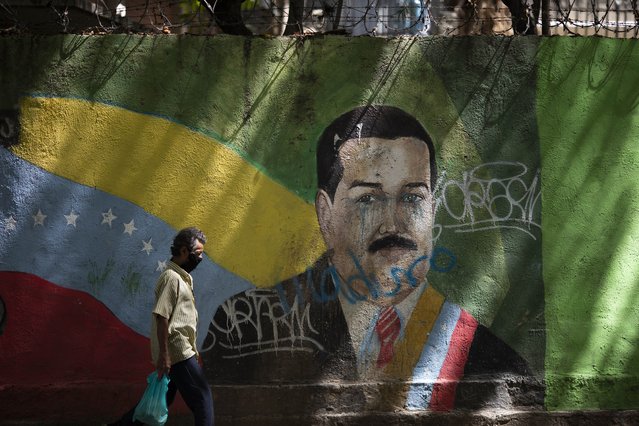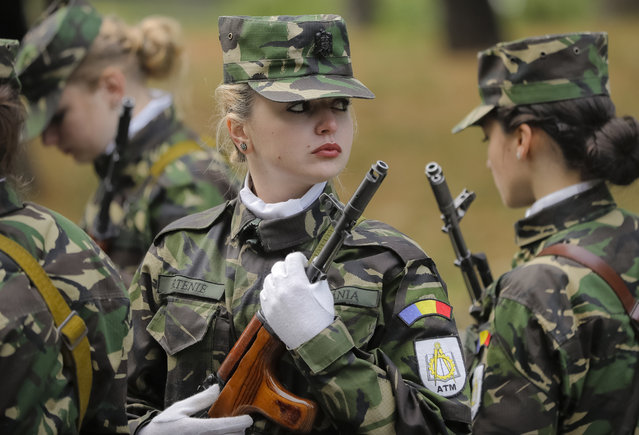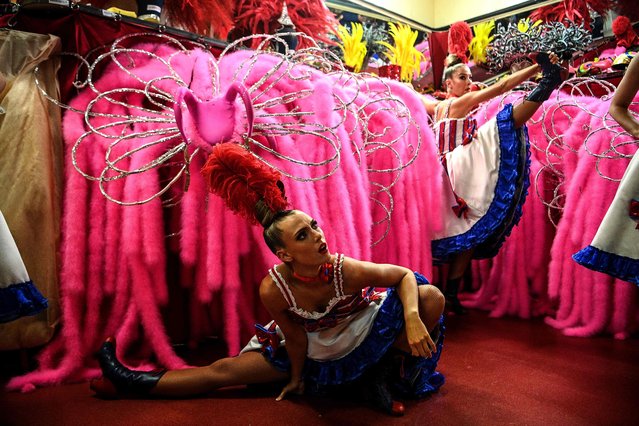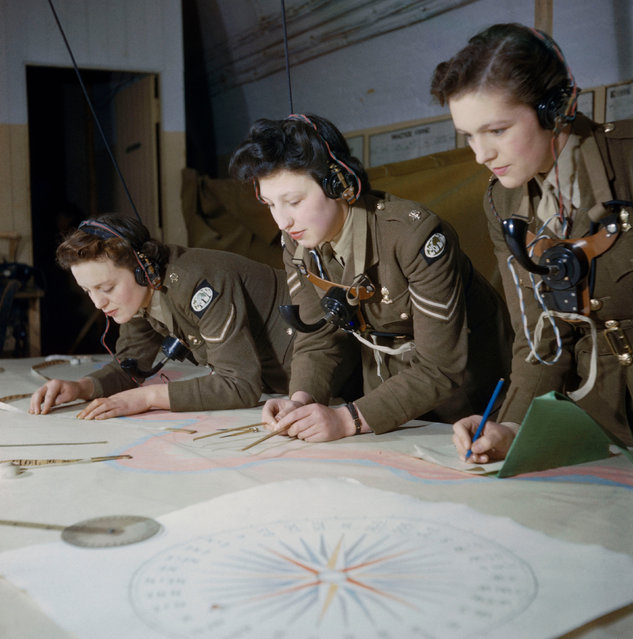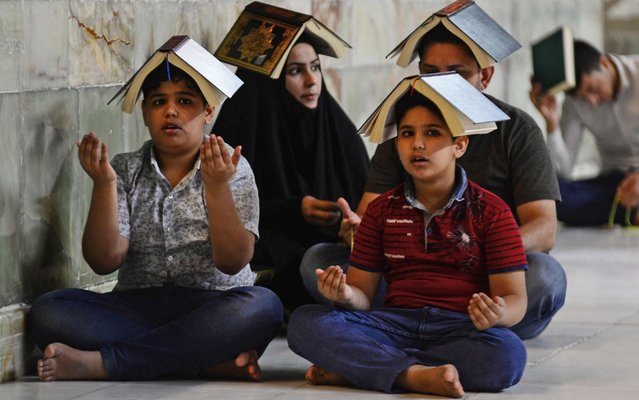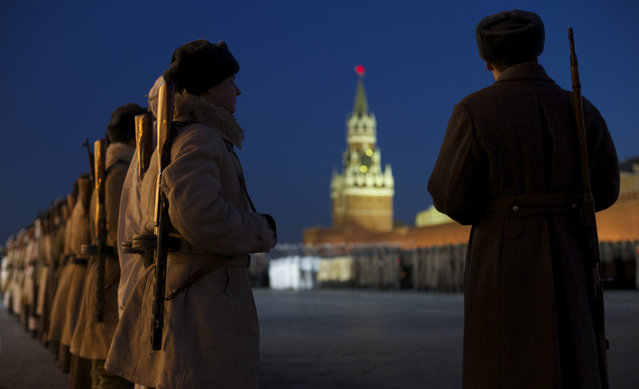
Russian soldiers dressed in Red Army World War II uniforms attend a rehearsal for the Nov. 7 parade in the Red Square with Spassky Tower in the background, in Moscow, Russia, Friday, November 6, 2015. The parade marks the 74th anniversary of a November 7 parade on Red Square when soldiers went directly to the front during World War II. For decades Nov. 7 was a holiday celebrating the 1917 Bolshevik Revolution. (Photo by Ivan Sekretarev/AP Photo)
09 Nov 2015 08:03:00,post received
0 comments

